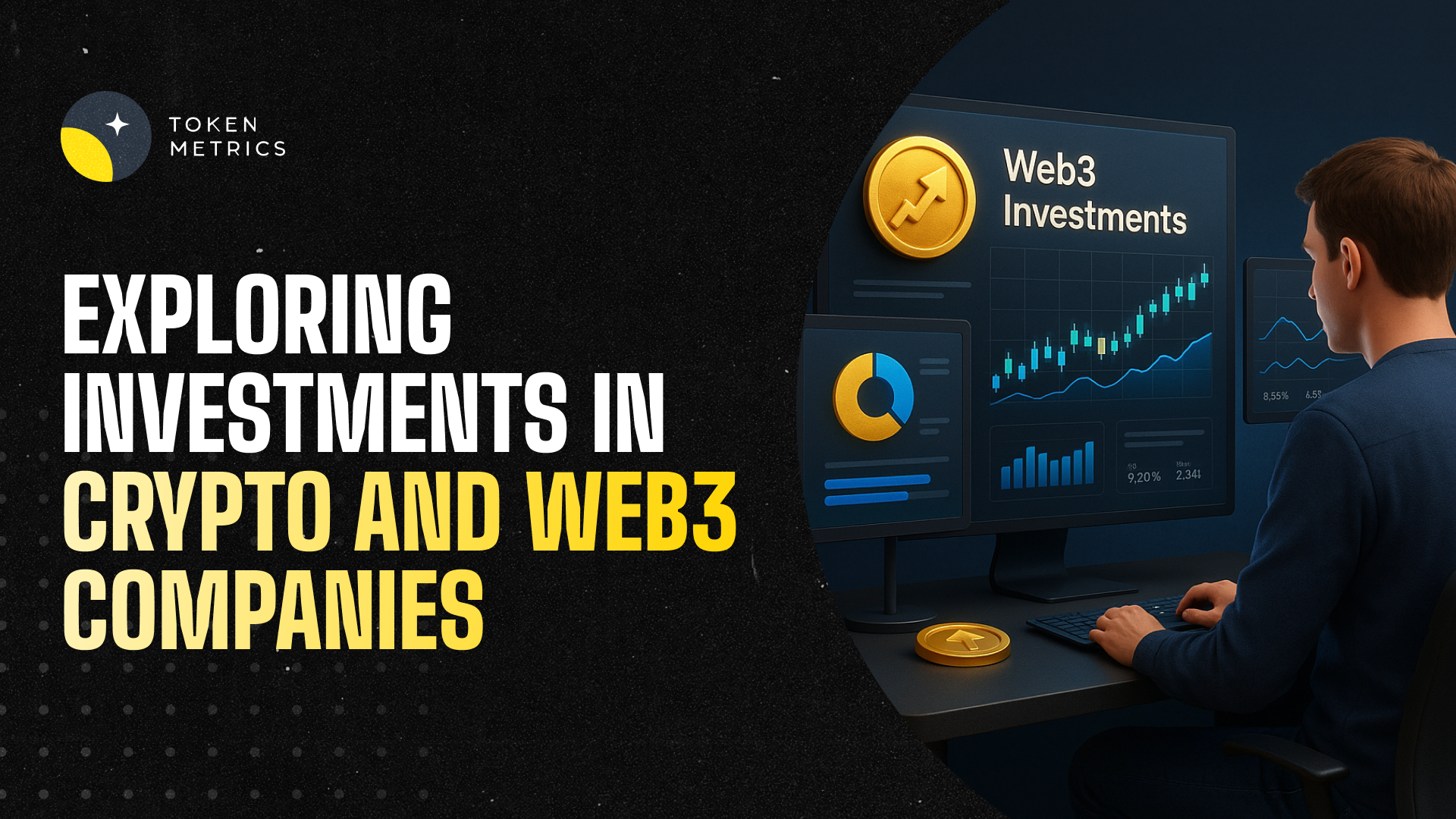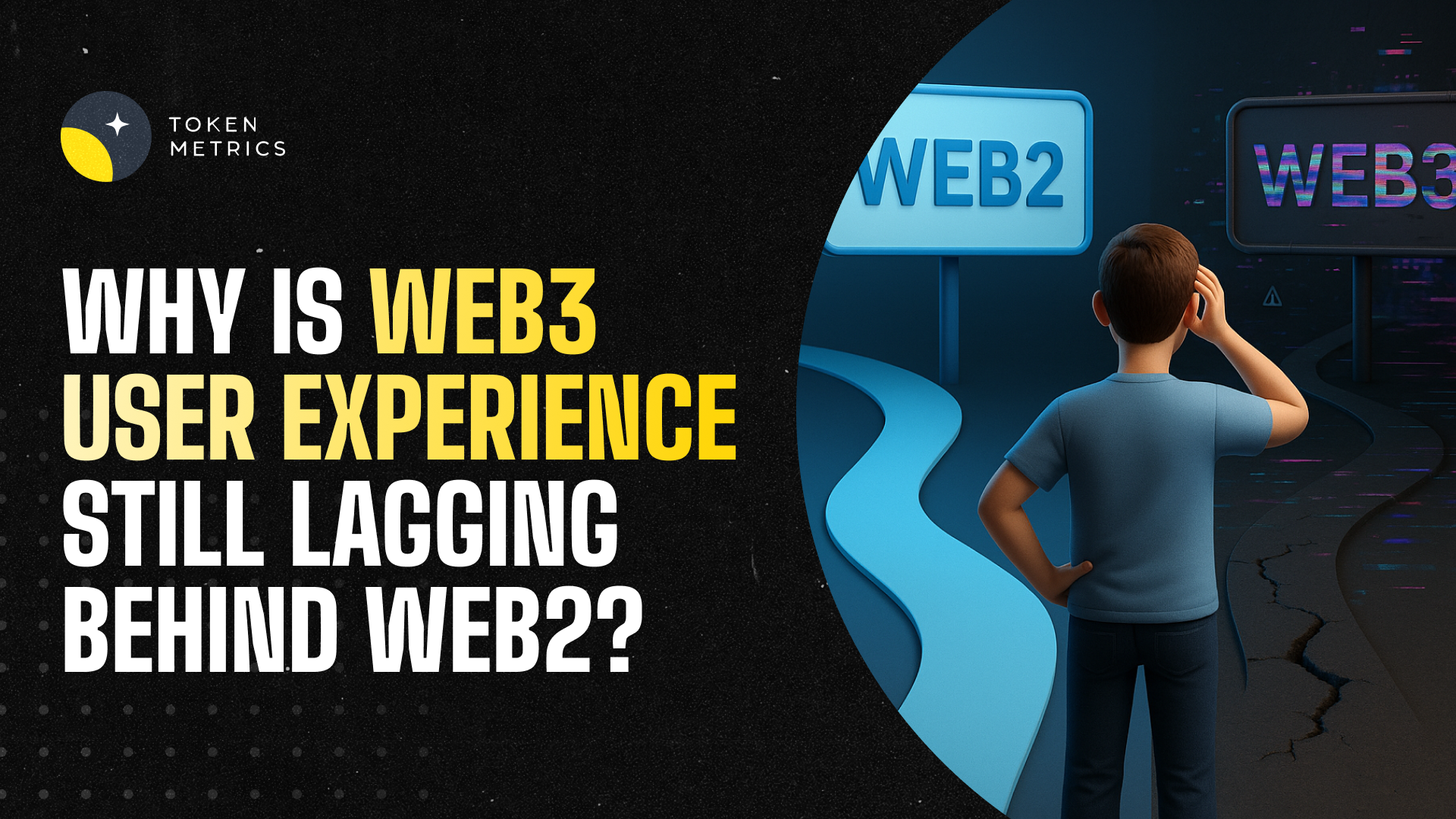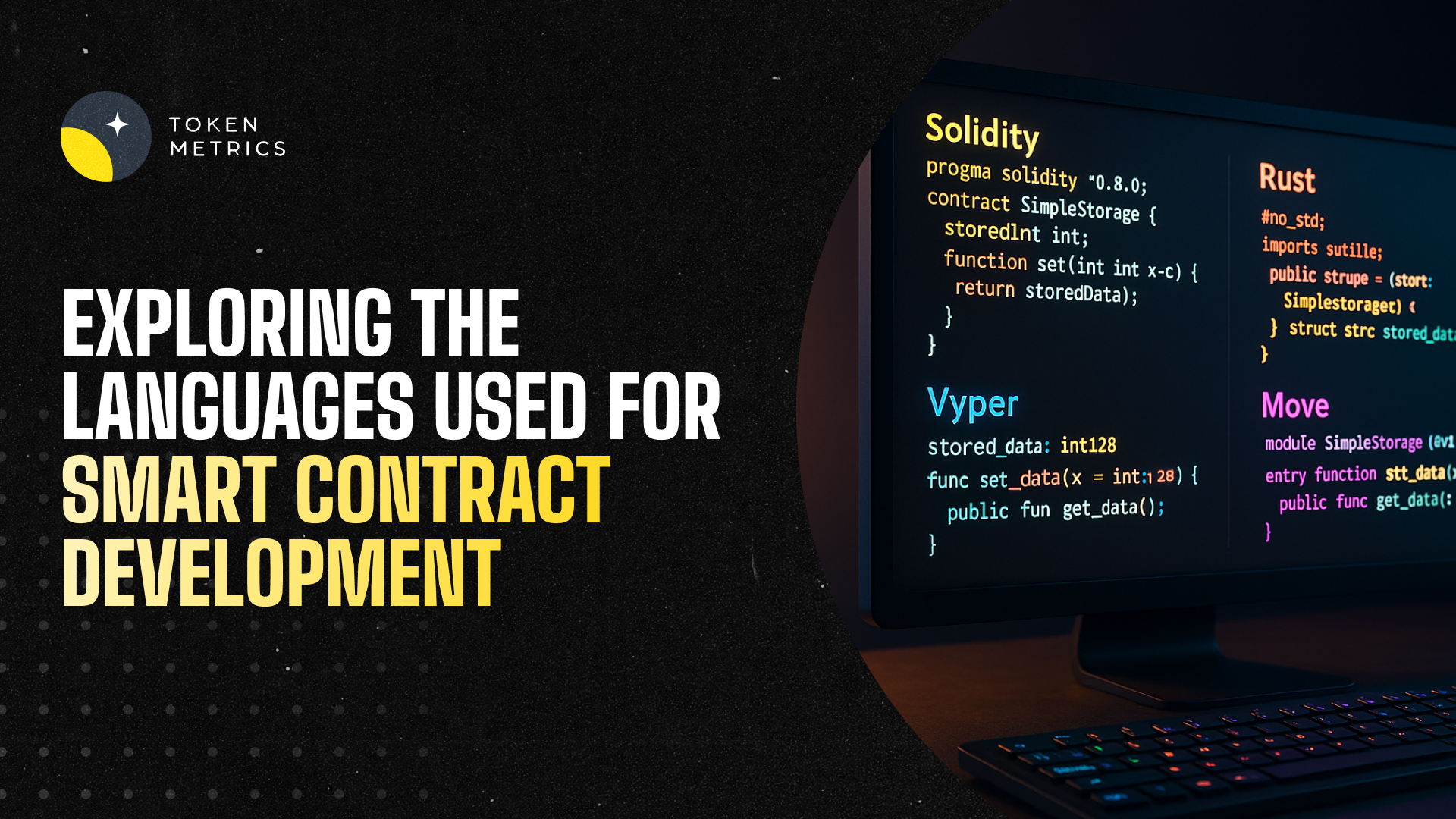Dogecoin (DOGE) Crypto - What It Is and How It Works?

Dogecoin (DOGE) has been making headlines lately as cryptocurrency continues to gain mainstream attention. But what exactly is Dogecoin, and should you consider investing in it? This article aims to explain Dogecoin's basics, how it works, and what you should consider before investing.
Dogecoin is a cryptocurrency created in 2013 as a joke but has since become a serious player in the cryptocurrency market. At its core, Dogecoin is a decentralized, open-source, peer-to-peer digital currency that allows users to send and receive money with low transaction fees. It is based on the Litecoin protocol, a modified version of Bitcoin.
Dogecoin has recently gained popularity due to its rapidly-growing user base, low transaction fees, and fast transaction speeds. Despite its novelty, Dogecoin is a legitimate cryptocurrency with many advantages over other currencies, including its security, low costs, and ease of use. Whether or not you choose to invest in Dogecoin is ultimately up to you. But by understanding the basics of the currency and doing your research, you can make an informed decision about whether or not Dogecoin is right for you.
A Quick Overview Of Dogecoin
Dogecoin is a decentralized, open-source, peer-to-peer digital currency that uses Litecoin's Scrypt algorithm as proof of work. Users can send and receive DOGE, while miners can also produce new Dogecoin as a reward for verifying transactions. As of December 2022, there are over 132 billion DOGE tokens in circulation, with a total supply expected to be in the trillions.
Dogecoin's supply has no limit, meaning it can be mined infinitely. The maximum number of coins that can be mined per day is 100,000,000, while the maximum number of coins that can be mined per hour is 6,000,000. Dogecoin is traded on an average of 50 exchanges, with the highest daily volume being over $560 million. Bitcoin's market capitalization is $320 billion, while Dogecoin stands at $11.96 billion.
How Does Dogecoin Work?
As mentioned above, Dogecoin is a decentralized, open-source, peer-to-peer digital currency that uses Litecoin's Scrypt algorithm as proof of work. The Scrypt algorithm is based on the SHA-256 algorithm, which is used by cryptocurrencies like Bitcoin. The SHA-256 algorithm is parallelized, meaning it can be divided into independent sections and computed simultaneously.
The Scrypt algorithm, on the other hand, is designed to be less predictable. This makes it more difficult for people to calculate a mining reward and for ASICs to be used for mining. This makes mining Dogecoins more decentralized, with users across the globe contributing to the mining process.
Advantages of Dogecoin
The top three advantages of Dogecoin are stated below for your best understanding:
- Security: Dogecoin's proof-of-work algorithm is much less susceptible to hacking than centralized, third-party payment providers.
- Low costs: Dogecoin's low transaction fees and high supply make it a cheaper alternative to services like PayPal.
- Fast transaction speeds: Dogecoin's block time of one-and-a-half minutes makes it one of the fastest cryptocurrencies regarding transaction speed.
Disadvantages of Dogecoin
On the other hand, there are a couple of disadvantages that might need your attention, especially if you are looking for an active investment in Dogecoin:
- No proper accountability: While no entity owns or controls Dogecoin, there is no accountability if the cryptocurrency is hacked. This means that no one can reimburse you if your Dogecoins are stolen.
- Fraud risk: Because Dogecoin is not monitored by a central authority, there is a risk of fraud. This means you need to be extra cautious when investing in Dogecoin and always double-check the legitimacy of any exchange or company you plan to do business with.
Dogecoin's Market Performance
Dogecoin's market performance since its inception has been impressive. In 2022 alone, Dogecoin experienced a 350% increase in value, making it one of the top-performing cryptocurrencies in the last year. While it is difficult to determine what exactly caused this surge in value, there are a few things we can point to.
Dogecoin recently announced that it would partner with a company called Dogewallet to release a new cryptocurrency wallet. This news likely drove Dogecoin's value up, allowing the currency to become even more accessible to its growing user base. Dogecoin has also made headlines due to its sponsorship of a NASCAR race car and a social media tipping campaign.
Now that you know the performance of Dogecoin over the years, let’s look at the simple process of buying and owning it.
How to buy Dogecoin?
Buying Dogecoin is not difficult. Just follow four basic steps:
- Account Creation: Create an account on a cryptocurrency exchange that lists Dogecoin.
- Finish your KYC: Complete the identity verification process. Exchanges typically require a scan of an identity document such as a driver's license or passport.
- Do the Money Transfer: Transfer money from your bank account to the cryptocurrency exchange. The exchange may accept other payment methods, but bank account transfers generally have the lowest fees.
- Just Click on “Buy”: Once the money is available in your account with the exchange, select the "buy" option to purchase Dogecoin.
Right there, you have it all ready to trade or store Dogecoin.
The Controversy Around Dogecoin
If you are aware of Dogecoin, then you might know the controversy surrounding it. When Elon Musk first tweeted about it - supporting it - its prices soared to the sky but came down crashing. There is also a $258 million lawsuit against him for this that states:
According to an amended complaint filed in the Manhattan court, Elon, his companies, Tesla and SpaceX, Boring and others intentionally drove up the price of the Dogecoin to more than 36,000% over two years and then let it crash. As a result, the defendants made tens of billions of dollars which came at the expense of other Dogecoin’s investors, while knowing that it has less intrinsic value and will rise up or go down only by marketing.
This might make you worry about the future of Dogecoin and make you think if you should invest in DOGE or not.
Should You Invest in Dogecoin?
Dogecoin is a cryptocurrency that has experienced impressive growth since its inception. It has several advantages over other cryptocurrencies, including its security, low costs, and ease of use. These advantages make Dogecoin a viable investment option for those who want to try their hand at cryptocurrency but do not want to start with Bitcoin. That said, cryptocurrency trading is risky, and investing in Dogecoin can come with risks.
There is no guarantee that Dogecoin's value will continue to rise, meaning that there is a risk that you could lose money. Additionally, investing in Dogecoin means you must be comfortable keeping your money in a digital wallet. If you are interested in investing in Dogecoin, be sure to do your research, make an informed decision, and invest only what you can afford to lose.
The Bottom Line
Dogecoin has seen exponential growth followed by a drastic fall due to the fact that its value depends on the market sentiment. One tweet from Musk can spike its price overnight, and, in the long-run it might be a risky investment.
This is just our opinion as per data. Having said that, we would suggest you to always have a complete analysis of the market response to Dogecoin and how it keeps changing with times. This way you will be able to make an informed or rather a wise decision.
Disclaimer
The information provided on this website does not constitute investment advice, financial advice, trading advice, or any other sort of advice and you should not treat any of the website's content as such.
Token Metrics does not recommend that any cryptocurrency should be bought, sold, or held by you. Do your own due diligence and consult your financial advisor before making any investment decisions.
Create Your Free Token Metrics Account

.png)




%201.svg)
%201.svg)


%201.svg)










.svg)




.png)